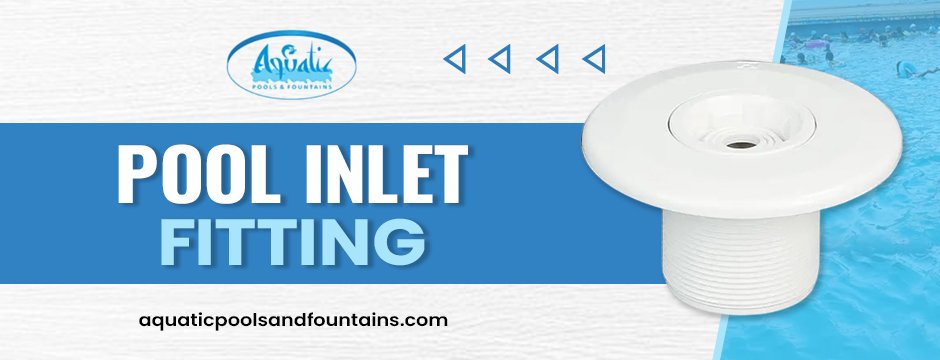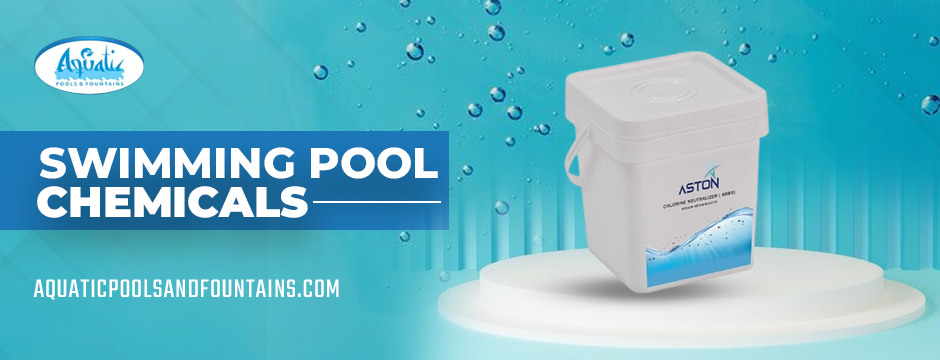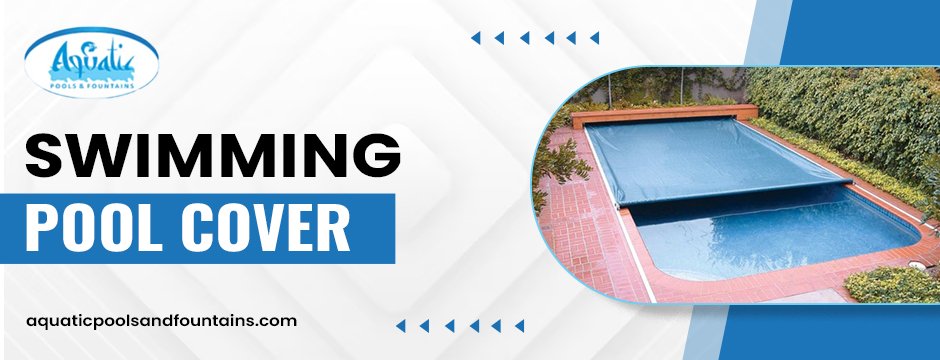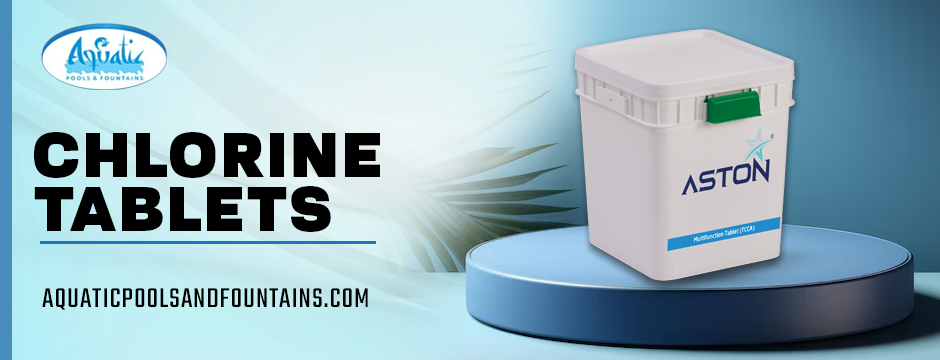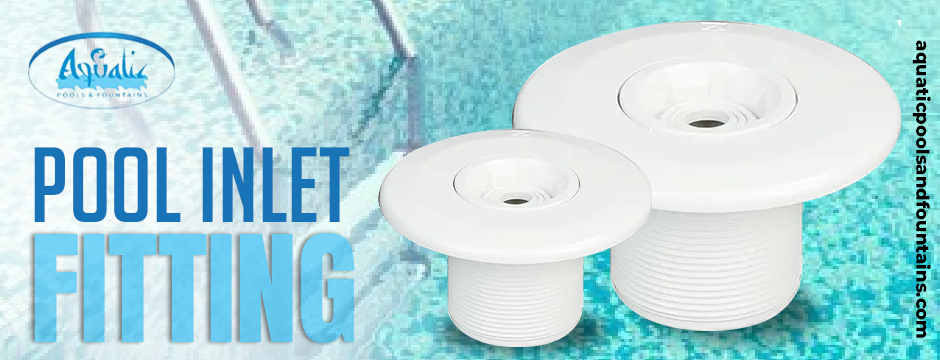Elevate Your Pool Aesthetics: Trending Pool Tile Designs in Dubai
In Dubai, an opulent pool serves as more than simply a spot to cool off—a symbol of luxury and flair. Your pool area’s entire appearance and atmosphere are greatly influenced by the pool tiles you choose. The correct pool tiles may turn your outdoor area into a breathtaking haven, whether building a new pool or remodeling an old one. We examine the newest styles and patterns in pool tiles in Dubai in this in-depth guide to assist you in making well-informed decisions for creating an aesthetically pleasing and welcoming pool setting.
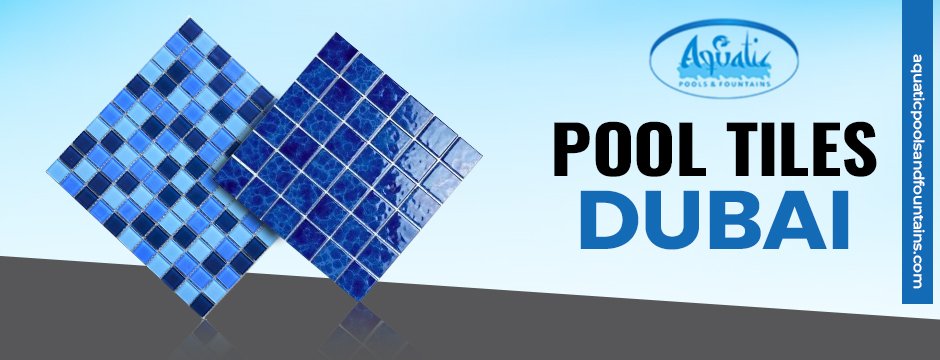
Importance of Pool Tiles
Pool tiles are used for both practical and decorative reasons. They improve your pool’s durability, cleanliness, and safety in addition to its aesthetic appeal. Selecting pool tiles of superior quality is vital to guarantee durability and resilience against water, chemicals, and weather patterns typical of Dubai’s environment. Furthermore, pool tiles can blend in perfectly with the surrounding landscape to create a unified and harmonious design, complementing the architectural style of your home.
Trending Pool Tile Designs in Dubai
Mosaic Pool Tiles:
Mosaic tiles’ adaptability and classic charm make them a popular option for pool surfaces in Dubai. They come in an extensive array of hues, patterns, and materials like glass, ceramic, and porcelain, enabling complex designs and personalization. Their ability to produce striking visual effects ranges from vivid patterns inspired by traditional Arabic motifs to shimmering blues reminiscent of the Arabian Gulf.
Natural Stone Tiles:
Natural stone tiles, such as slate, travertine, and limestone, are preferred because of their robustness and earthy textures, as they embrace the elements. Natural stone tiles provide thermal stability and a non-slip surface, making them practical and aesthetically beautiful options for pool decks and surrounds in Dubai’s hot and humid climate.
Geometric Patterns:
Dubai’s modern pool designs frequently use minimalist aesthetics and geometric shapes. Hexagonal, diamond-shaped, or chevron-shaped geometric tiles provide pool interiors and exteriors a contemporary flair while boosting the area’s architectural appeal.
Reflective and Iridescent Finishes:
Due to their capacity to provide eye-catching visual effects, reflective and iridescent pool tiles are becoming increasingly popular. With their captivating shimmering effects, these tiles reflect light and water, enhancing the pool area’s ambiance during the day and creating a magical environment at night when the pool is lit up.
Moroccan and Mediterranean-Inspired Tiles:
Moroccan and Mediterranean tiles include elaborate patterns, vivid colors, and artistic motifs inspired by the region’s rich cultural legacy. These tiles give pool designs a hint of exotic elegance and appeal, recalling the attraction of Arabian and Mediterranean castles.
Choosing the Right Pool Tiles in Dubai
When selecting pool tiles in Dubai, several factors should influence your decision:
Durability and Maintenance: Choose tiles that withstand fading, staining, and standard pool maintenance chemicals. Ensure maintenance is simple to keep your pool looking great for a long time.
Climate Compatibility: Given Dubai’s hot weather, select tiles that are resistant to high temperatures and UV rays without sacrificing texture or color.
Safety: Give non-slip tiles top priority, particularly for pool decks and other locations where water splashes. Anti-slip coatings and textured surfaces improve safety by averting mishaps and guaranteeing comfort.
Aesthetic Appeal: When selecting pool tiles, match the architectural style of your house or resort and the general design theme of your outdoor area. Balance colors, textures, and patterns to create an environment that is visually pleasing and coherent.
Maintenance Tips for Pool Tiles
Use these upkeep suggestions to keep your pool tiles looking beautiful and lasting in Dubai’s weather:
Frequent Cleaning: Clear dirt, debris, and algae growth from pool tiles regularly. Use a gentle cleanser or specialized cleaning to preserve the natural sheen of your pool tiles.
Sealing: Depending on the kind of tile selected, consider using a sealant to improve longevity and guard against stains and discolorations caused by exposure to chemicals and the elements.
Professional Inspection: Regularly check pool tiles for wear, chipping, and cracks. Prompt repairs or replacements can preserve your pool’s structural integrity and avoid additional damage.
Conclusion
Making an opulent and welcoming outdoor haven that raises the value and appeal of your home requires a careful selection of pool tiles in Dubai. Whether you want the classic beauty of stone, the modern allure of geometric patterns, or the ageless elegance of mosaic tiles, each choice has special advantages to meet your functional requirements and aesthetic preferences. You may improve the appearance of your pool and turn your outdoor area into an enthralling hideaway that captures the spirit of luxury living in Dubai by being aware of the most recent trends and factors to consider when designing a pool tile design. Investigate your options, welcome innovation, and set out to design the ideal pool tiles to fulfill your vision for your ideal pool setting.
Want to find out more? Visit us at Aquatic Pools and Fountains LLC!


